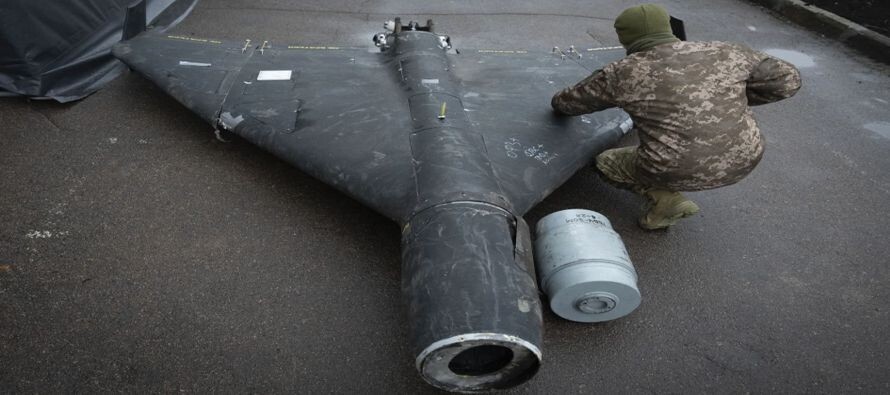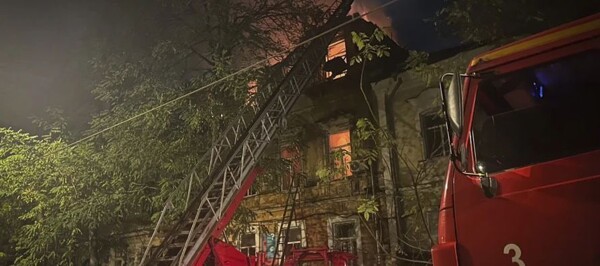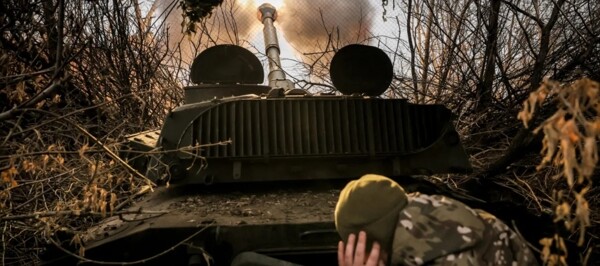
In Ukraine, videos have surfaced suggesting that they are now using helicopters to shoot down high-altitude drones. Last week, three Russian-origin signals crashed in Moldova, according to local authorities. The difficulty lies in the fact that, due to optical issues, radar fails to distinguish between drones armed with traditional explosive payloads and others equipped with thermobaric weapons or even live surveillance cameras.
"For us, it's just a point on the radar.... It has speed, direction, and altitude," said Colonel Yurii Ihnat, spokesperson for the Ukrainian Air Force. The signals have occupied much of the skies over Ukraine in recent weeks, appearing as hard-to-distinguish points on military radar screens.
Low-budget drones, both armed and unarmed, are also a constant concern. Even the signals can be useful for Russian operations, as part of a strategy to weaken the enemy before sending armed drones with real bombs. This joint fabrication helps save money for the Russian army.
In the current context, armed drones pose a real threat, as they can deviate from their intended route and end up causing massive damage, especially in residential areas. Thermobaric drones are particularly dangerous when loaded with ball bearings that maximize damage beyond the point of impact.
The Kiev region has experienced long hours of air alerts, with the constant buzzing of drones and the roar of air defenses. The signals and Shahed drones, coming from Iran and produced in a factory in Russia, have become a daily reality in Ukraine. It is estimated that unarmed signals make up more than half of the drones aimed at Ukraine.
Thermobaric drones have caused unease due to their destructive potential, especially when attacking targets within fortified buildings. Russian drone tactics continue to evolve, and the production of drones has significantly increased in Alabuga, Russia, since the invasion of Ukraine.
Swarm drones are a constant concern for Ukrainian forces, who must make quick decisions to protect lives and the country's critical infrastructure. Although the production and sale of drones by Russia is a reality, the exact details of these operations are still being thoroughly investigated.
In summary, the threat of drones, especially those armed with thermobaric weapons, presents a significant challenge for Ukraine. The constant evolution of these tactics requires quick and effective responses to maintain security and protect the country from potential attacks.













